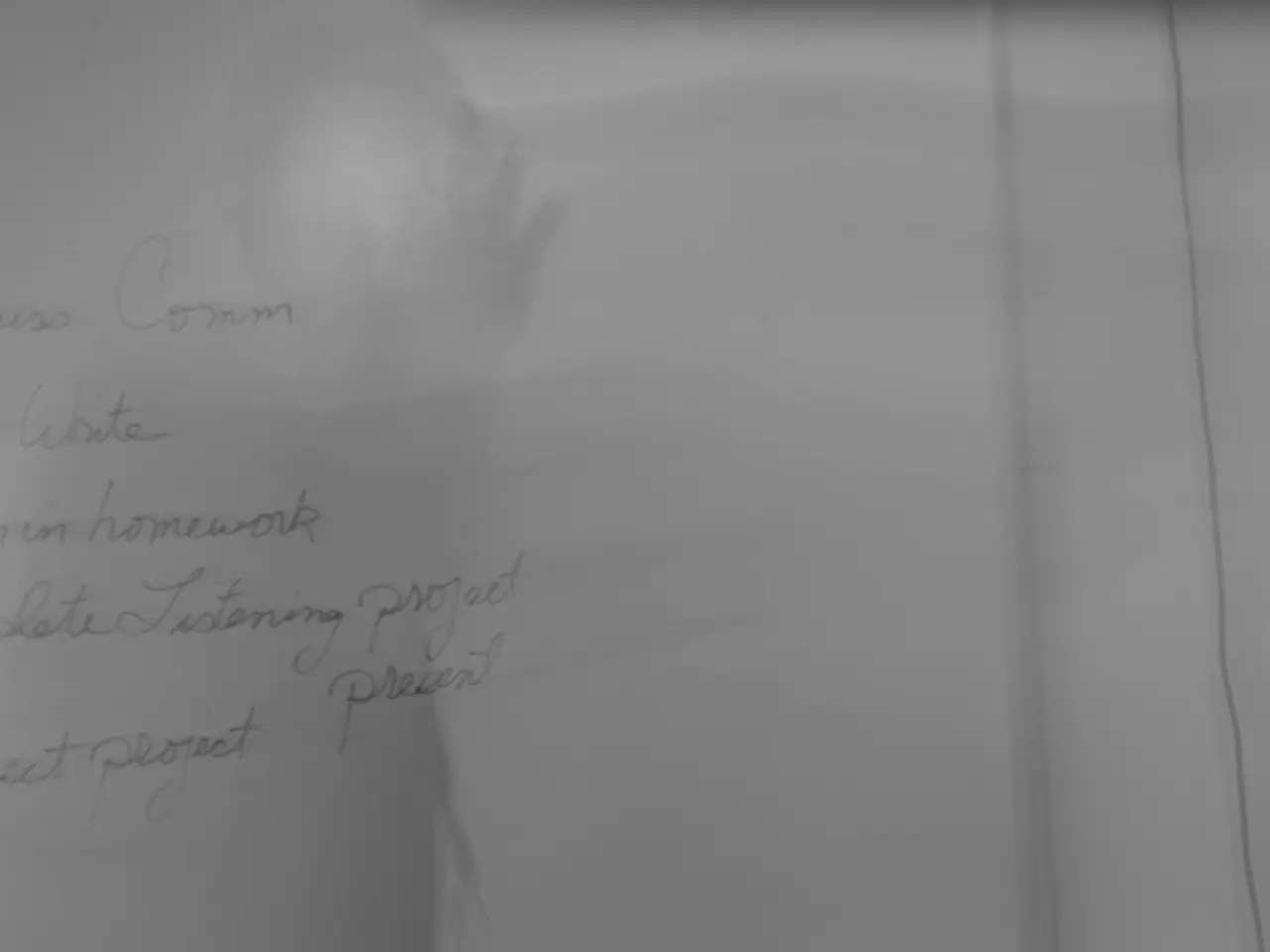Guidance for Managing Multigenerational Family Living Successfully
In today's modern family dynamics, multigenerational households are becoming increasingly common. With the blending of different generations, it's essential to implement strategies that foster effective communication, reduce conflicts, and promote a harmonious living environment. Here are some key strategies that families can employ:
1. Active Listening and Empathy: Family members should practice truly hearing each other’s perspectives, especially when parenting approaches differ. Empathy helps in understanding the underlying values and concerns behind various parenting styles, fostering respect and reducing friction.
2. Clarifying Expectations and Boundaries: Clear, explicit discussion about parenting roles, responsibilities, and household rules helps prevent misunderstandings and overlapping authority. Establishing personal and shared boundaries within the home gives parents and grandparents safe spaces and autonomy in their roles.
3. Regular Family Meetings: Holding scheduled family discussions creates a safe environment for all members to express concerns, negotiate differences in parenting, coordinate schedules, and resolve conflicts constructively before they escalate.
4. Developing a Shared Parenting Philosophy or Values: Despite generational differences, families benefit from agreeing on core principles or goals in child-rearing, like respect, discipline limits, or education priorities. This common ground provides a framework to mediate style differences.
5. Using Respectful, Clear Communication: It is vital to avoid sarcasm or disrespect and instead use concise, compassionate language that emphasizes reconciliation and collaboration rather than blame.
6. Fostering Intergenerational Relationships and Unity: Engaging in shared activities, family traditions, and bonding opportunities builds trust and understanding, which enhances cooperation in parenting.
7. Role Clarification and Distribution of Responsibilities: Defining who handles what aspects of child care, chores, and decision-making minimizes overlap and conflict, making the household more functional and supportive.
8. Open Discussions: Allowing family members to express needs and boundaries clearly helps maintain a transparent and respectful living environment.
9. Reviewing and Adjusting Rules Over Time: Regularly reviewing and adjusting rules ensures the family's guidelines meet the changing needs of children.
10. Collaborative Approach to Rule-Making: Involving all adults in setting shared values and goals ensures a fair and consistent parenting approach.
11. Assigning Childcare Duties: Distributing childcare duties based on each person's availability and skills prevents overlaps and reduces potential conflicts.
12. Discussing Values Openly: Openly discussing values bridges differences in parenting styles between generations.
13. Privacy and Personal Space: Maintaining privacy and personal space becomes important concerns for everyone, ensuring everyone has their own safe space within the household.
14. Consistent Communication: Keeping everyone informed about the childcare schedule through family meetings and shared calendars ensures a smooth-running household.
15. Setting Times for Quiet or Alone Time: Allocating times for quiet or alone time helps reduce tension and provides everyone with moments of solitude.
16. Acknowledging Each Other's Roles: Recognising and honoring each other's roles strengthens family bonds and generates a supportive environment for children.
17. Grandparents' Contributions: Grandparents contribute experience and guidance in various aspects, such as health-related topics.
18. Blending Traditions: Combining family traditions creates a unique household identity and fosters deeper intergenerational connections.
19. Respectful Compromise: Acknowledging and respecting each other's viewpoints fosters a collaborative atmosphere, ensuring consistent messaging to children.
20. Different Communication Preferences: Family members may prefer various ways to communicate, so it's essential to accommodate these differences to maintain effective communication.
By implementing these strategies, multigenerational households can maintain effective communication, reduce conflicts over parenting styles, and create a harmonious living environment that benefits everyone.
In the realm of contemporary family structures, the rise of multigenerational households demands a focus on communication strategies to promote harmony. Active listening and empathy, understood as genuinely hearing each other's perspectives, is crucial, especially when it comes to differing parenting approaches.
Clarifying expectations and boundaries delineates parenting roles, responsibilities, and household rules, thus preventing misunderstandings and preventing the blurring of authority. Regular family meetings foster a safe environment where concerns can be expressed, conflicts can be negotiated, and schedules can be coordinated constructively.
In situations where families have diverse opinions, developing a shared parenting philosophy or set of core values proves beneficial, enabling a framework to mediate style differences. Employing respectful, clear communication, devoid of sarcasm or disrespect, is also vital.
To bridge any gaps, families should actively cultivate intergenerational relationships and unity, which can be achieved through shared activities, family traditions, and bonding opportunities that strengthen trust and understanding. Role clarification and the distribution of responsibilities ensure a functional household with reduced potential for conflict.
In such households, open discussions and the ability to articulate needs and boundaries are essential for maintaining a transparent and respectful living environment. Adjusting rules as children grow and discussing values openly help bridge differences between generations.
Maintaining privacy and personal space, consistent communication, setting times for quiet or alone time, and acknowledging each other's roles are also vital for maintaining harmony. Grandparents' contributions enrich the household through their experience and guidance in various aspects, including health-related topics.
Blending family traditions fosters a unique household identity and bolsters intergenerational connections. Respectful compromise among family members fuels cooperation, ensuring consistent messaging to children. Factoring in different communication preferences also ensures effective communication.
By embracing these strategies, multigenerational households can effectively communicate, minimize conflicts over parenting styles, and create a serene living environment that benefits everyone. dos and don'ts of parenting, qualities of effective parenting, child development, home decor, and lifestyle choices in the realm of education and self-development also play significant roles in fostering a harmonious living environment in multigenerational households.




